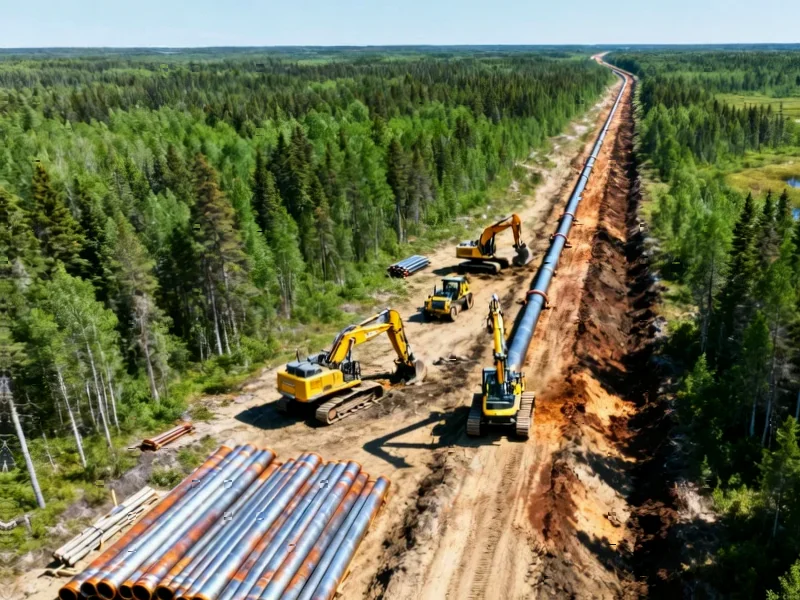According to Manufacturing AUTOMATION, Canada’s manufacturing sector moved closer to stabilization in October with the S&P Global Canada Manufacturing Purchasing Managers’ Index recording 49.6, up from 47.7 in September. While still below the 50.0 threshold indicating expansion, this represents the slowest contraction since January, with output and new orders falling at reduced rates and job losses remaining marginal. Economics director Paul Smith noted that sentiment improved to a nine-month high despite challenging market conditions, particularly in international trade with the United States. The sector faces ongoing uncertainty from volatile trade negotiations, leading firms to remain cautious in staffing and purchasing decisions.
The Slow Road to Recovery
What’s particularly telling about this PMI reading is that it represents the manufacturing sector’s most significant improvement in nine months, suggesting we may be seeing the early stages of a broader economic recalibration. The manufacturing sector has been navigating a perfect storm of supply chain disruptions, labor shortages, and trade uncertainties since early 2025. While a reading of 49.6 still indicates contraction, the upward trajectory from 47.7 suggests momentum is building. This aligns with broader economic indicators showing gradual improvement in North American industrial production, though Canada’s recovery appears more measured than the United States’ manufacturing rebound.
The US Trade Factor
The persistent mention of US trade challenges in the PMI report underscores how deeply integrated Canadian manufacturing remains with its southern neighbor. Export-dependent manufacturers continue to face headwinds from ongoing trade negotiations that create planning uncertainty. This dynamic particularly affects automotive, machinery, and industrial equipment sectors where cross-border supply chains are most developed. The “modest” decline in export sales, while still negative, represents the smallest drop in nine months, suggesting some stabilization in cross-border trade flows despite the political uncertainty.
Excess Capacity Concerns
The report’s mention of “excess capacity” and steeply falling backlogs of work reveals a critical challenge facing Canadian manufacturers. When backlogs decline while new orders show only modest improvement, it indicates that production capacity continues to outstrip demand. This creates a difficult environment for investment decisions, as manufacturers hesitate to commit to capital expenditures when existing equipment sits underutilized. This excess capacity also puts downward pressure on pricing power, potentially squeezing margins even as input costs remain elevated in many sectors.
Winners and Losers in the Manufacturing Landscape
The gradual improvement suggests a bifurcated recovery across manufacturing subsectors. Consumer goods manufacturers serving domestic markets likely show stronger performance, benefiting from stable Canadian consumer demand. Meanwhile, export-oriented heavy industries and automotive manufacturers face greater challenges due to trade uncertainties and global economic headwinds. The marginal job losses indicate that manufacturers are maintaining their workforce in anticipation of recovery, preferring to retain skilled labor rather than face rehiring challenges when demand accelerates.
Realistic Outlook for 2026
The improved sentiment to a nine-month high suggests manufacturers see light at the end of the tunnel, but the path forward remains cautious. I expect the sector to hover around the 50.0 threshold through early 2026, with potential for modest expansion if trade uncertainties resolve and global demand stabilizes. However, the preference for “using existing resources and stocks” indicates that inventory rebuilding and capital investment will likely remain restrained until clearer signs of sustained demand emerge. The manufacturing recovery appears to be following a U-shaped rather than V-shaped trajectory, with gradual improvement rather than rapid rebound.




